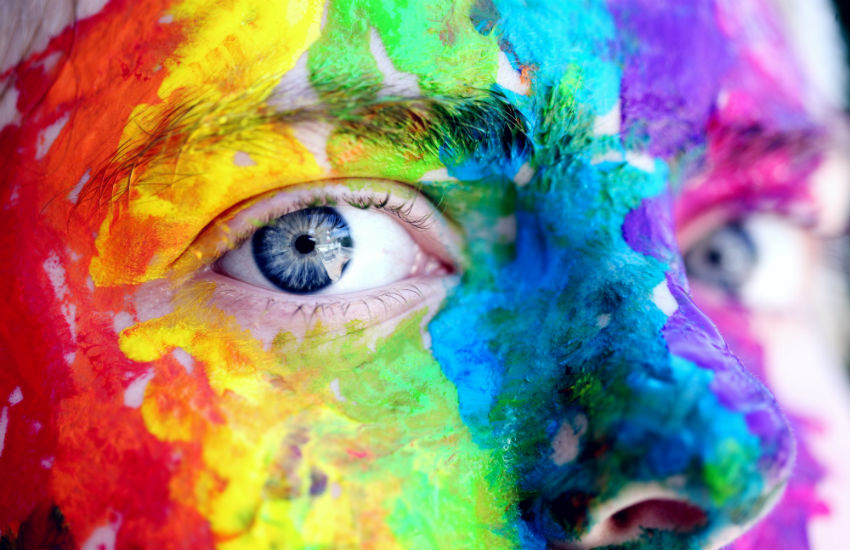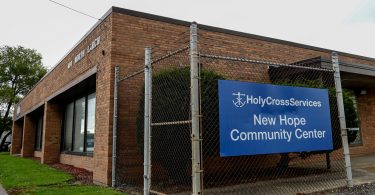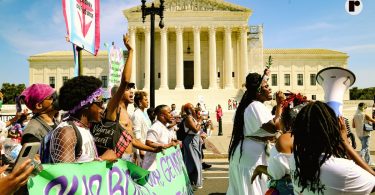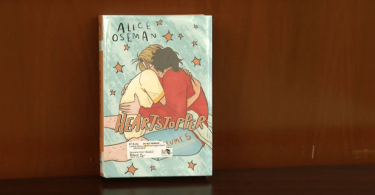Photo: Sharon McCutcheon / Pexels
‘LGBT’ is arguably the most common term to describe the collective lesbian, gay, bisexual and transgender community.
But some people believe ‘LGBT’ is too limiting, choosing to add a plus sign at the end (‘LGBT+’) to include the rest of the community.
While others believe we should spell out all of the letters to make sure everyone is included.
There are different variations for longer initialisms but a popular agreed upon one is: ‘LGBTTIQQ2SA’. This means Lesbian, Gay, Bisexual, Transsexual, Transgender, Intersex, Queer, Questioning, 2-Spirited and Allies.
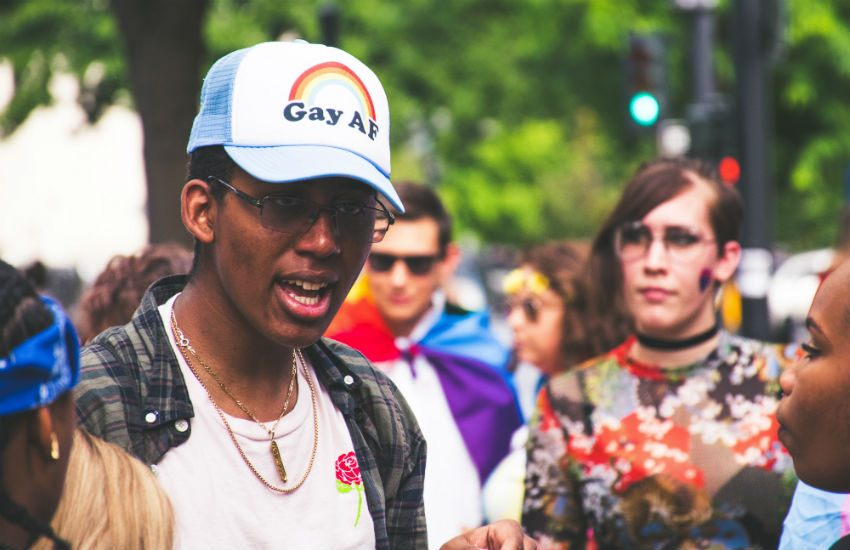
Photo: Brett Sayles / Pexels
But it doesn’t stop there – there’s a whole array of sexualities and gender identities people can use on top of that.
There are also flags for each identity and sometimes sub-groups within these identities, like bears and twinks within the gay male community, for example.
There is no one consensus on what umbrella term is the most appropriate.
So what initialism should you use?
At Gay Star News, we use LGBTI.
This is because the ‘I’ (which stands for intersex) does not fit under any other gender or sexuality. It exists as its own separate entity.
We first introduced the initialism because it started to become more popular in Australia and Asia. The first three initials in ‘LGBTI’ stand for three separate and distinct sexualities. While the ‘T’ represents gender and the ‘I’ represents sex.

Kimberly Zeizelman is the executive director of interACT – one of the world’s largest intersex organizations.
She told Gay Star News last year: ‘The danger of intersex being aligned with the LGBT community is there’s an assumption that it’s to do with sexual orientation,’ Kimberly said.
‘That’s the issue with transgender as well, which is not a sexual orientation.
‘Intersex is just a physical state of being. It’s how you were born. Transgender is how you were born as well, but with your mind not matching up with your body,’ Kimberly said.
What alternatives are there for LGBT?
Activist organizations such as GLAAD use LGBTQ. While UK-based charity Stonewall simply use LGBT and the New York Times style guide (2013) uses L.G.B.T.
But there other options.
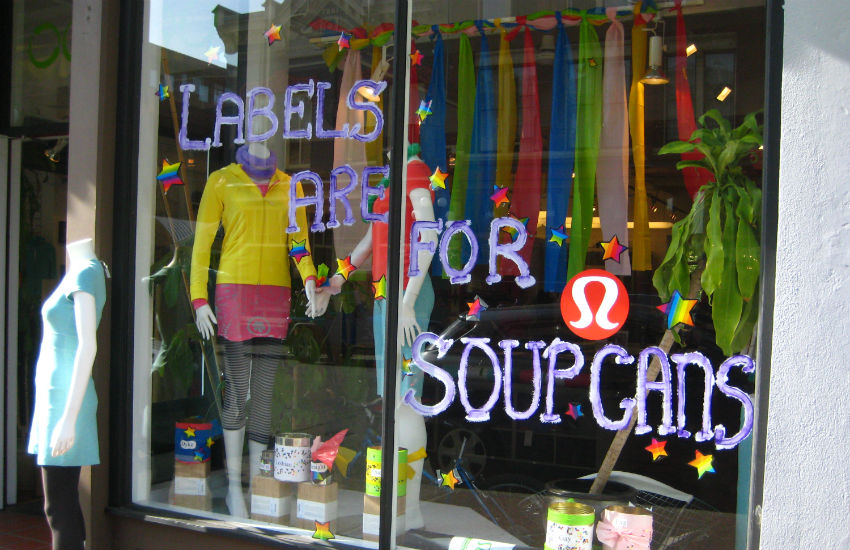
Photo: Lisa Moffatt / Flickr
We compiled a handy guide to all of the many types of sexualities and gender identities within the community.
We’ve also now come up with a list of five alternative terms to use instead of LGBT.
1. DGS: Diverse Genders and Sexualities
This is also known as Gender and Sexual Diversity (GSD)
2. MOGAI: Marginalized Orientations, Gender And Intersex
Inclusive umbrella term (see also: MOGII – Marginalized Orientation, Gender Identity, and Intersex)
3. GSM: Gender and Sexual Minorities
This could be anyone who doesn’t identify as cisgender and/or heterosexual
4. QUILTBAG: Queer/Questioning, Undecided, Intersex, Lesbian, Trans (Transgender/Transsexual), Bisexual, Asexual, and/or Gay/Genderqueer.
Author Sadie Lee coined this term in 2006 as a handy mnemonic device.
5. Queer
This term is very popular among certain demographics (especially younger generations).
Historically used as an insult, younger LGBTI people are reclaiming the word as a form of empowerment.
But for many, the stigma, shame and negative connotations of the word still persist (particularly in older generations).
Queer is also a widely used term in academia (i.e. ‘queer theory’) as well as in reference to art, film and TV.
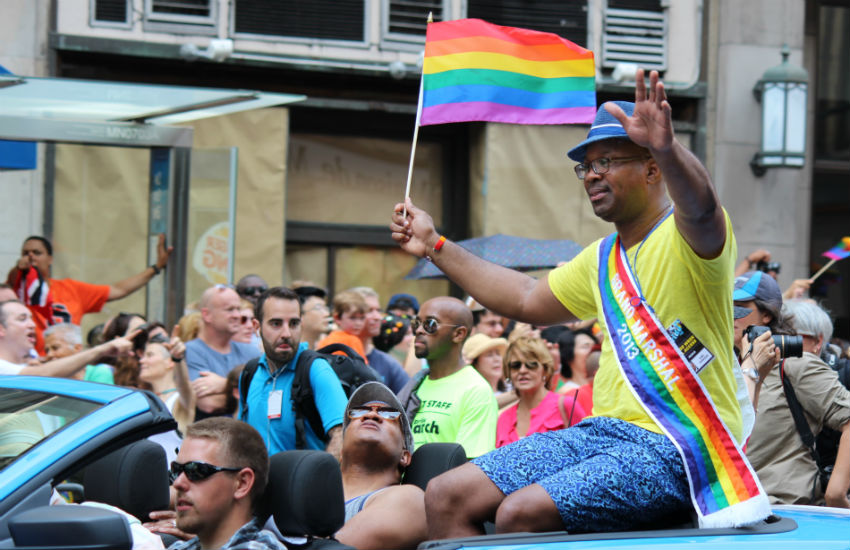
NYC Pride 2013. | Photo: Shinya Suzuki / Flickr

